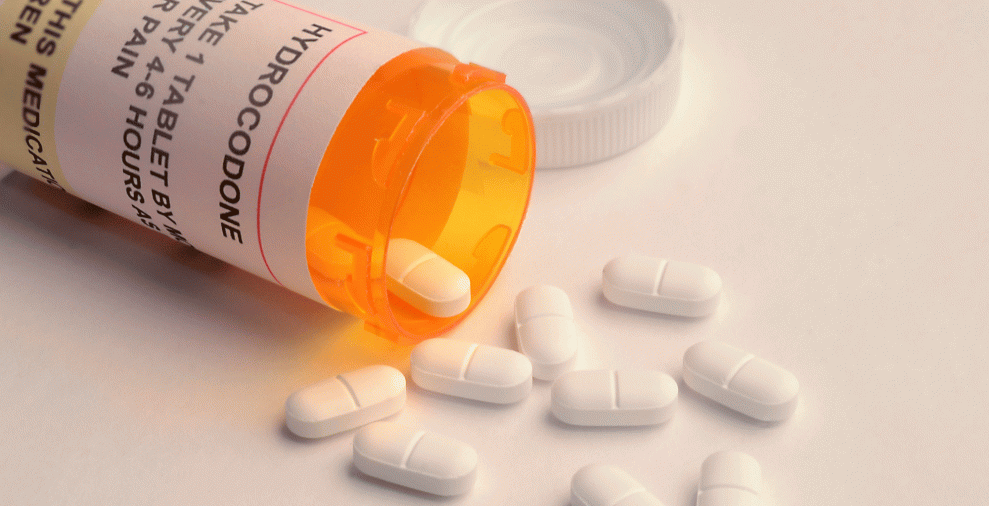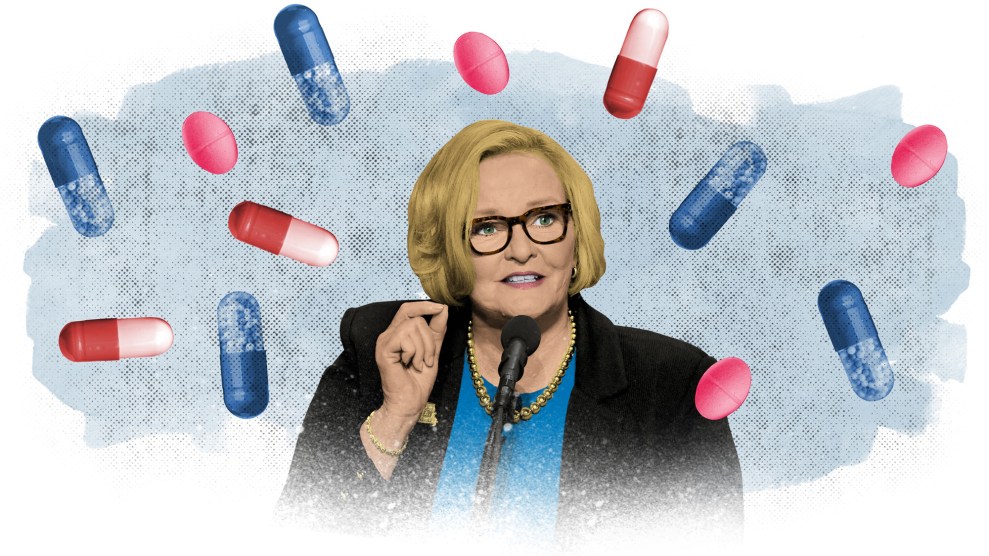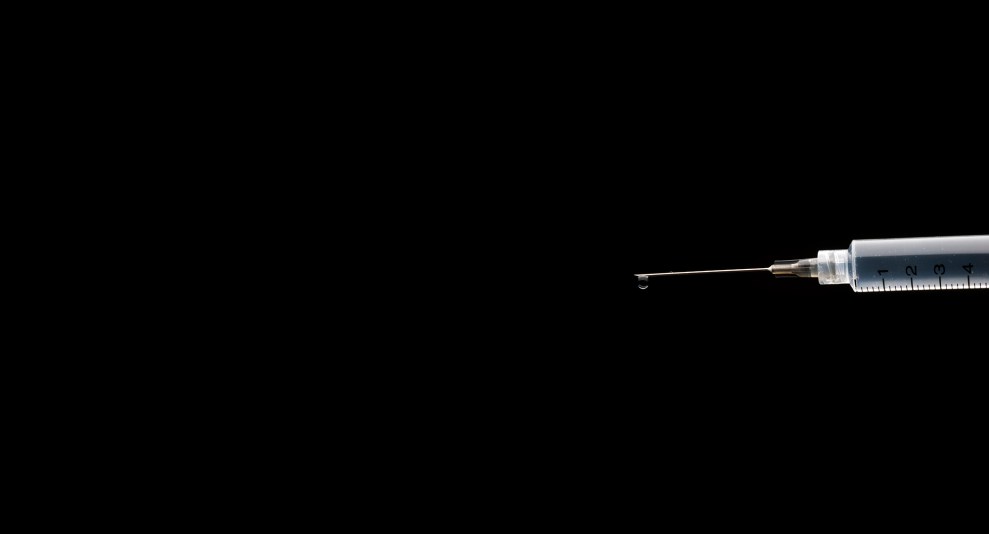
Tom Kelley/Getty
President Donald Trump signed a sweeping legislative package on Wednesday aimed at battling the opioid epidemic. It includes dozens of provisions, including expanding access to treatment and recovery programs, and has overwhelming bipartisan support.
“Together we are going to end the scourge of drug addiction in America,” said Trump. “We are going to end it or we are going to at least make an extremely big dent in this terrible, terrible problem.”
But many drug policy experts say the legislation is an incremental, election year response that doesn’t do nearly enough to tackle an overdose epidemic that killed an estimated 72,000 Americans last year.
As I wrote previously, here’s what the bill will and won’t do:
What the bill does:
- Expands access to addiction treatment and recovery services, particularly through a grant program for “comprehensive opioid recovery” centers where people getting drug treatment could access other social services, including job training and temporary housing
- Boosts efforts to screen packages coming from overseas (fentanyl and other synthetic opioids often make their way into the country in the mail)
- Gives states the option to lift the cap on the number of beds—which was, until now, 16—in residential addiction treatment facilities that accept Medicaid, provided that the facilities offer evidence-based care, including addiction medications
- Provides loan repayments for behavioral health providers practicing in areas that have too few addiction-treatment providers
- Authorizes the Centers for Disease Control and Prevention to support prescription drug monitoring programs, which are aimed at preventing patients from doctor-shopping
- Requires the Department of Health and Human Services to publish best practices for recovery housing and sober homes (which are largely unregulated) and guidelines on treating prenatal opioid abuse
- Authorizes $20 million for states to develop evidence-based, family-centered substance abuse prevention and treatment services for families with children at risk of entering foster care
What the bill doesn’t do:
While the bill outlines a number of far-reaching goals, drug policy experts say Congress hasn’t allocated nearly enough money to execute them well. In fact, according to the Congressional Budget Office’s analysis of a earlier but similar version of the legislation, the act would be revenue-neutral. “How much money was Congress willing to spend on the worst opioid epidemic in US history? None,” said Keith Humphreys, a Stanford psychiatry professor and former drug policy adviser under President Barack Obama.
For now, the 2019 budget includes about $3.8 billion to address the epidemic, including $1.5 billion for state grants to bolster treatment and recovery efforts. For perspective, earlier this year, Sens. Elizabeth Warren and Elijah Cummings sought to pass a bill that would have provided states $100 billion over 10 years—modeled directly after the legislation Congress passed in 1990 that provided an infusion of federal funding to combat the HIV/AIDS crisis.
“Given that there was no consensus in Congress in favor of a really big investment such as we employed for AIDS, the two sides did the next best thing which was agree on many second-tier policies that were smaller bore,” Humphreys said. “There are good things in the bill that will save lives, but it will not be transformational.”
















